Telemetry for Modern Apps: Reducing MTTR with Smarter Signals
By Sara Miteva
Sr. Product Marketing Manager, Checkly
Modern applications are complex. Microservices, third-party dependencies, and continuous deployments all contribute to a flood of telemetry data—logs, metrics, traces—flying in from every direction. And yet, when things break, most teams still struggle to answer two questions quickly:
- Is something actually broken?
- Why is it broken?
In this post, we break down why today’s telemetry stacks aren’t cutting it, and how combining synthetic monitoring with smarter trace pipelines can help you detect, debug, and resolve issues faster.
Why Telemetry Needs a Rethink
Observability tooling has come a long way. But in many orgs, it’s producing more noise than insight. We see this pattern again and again:
- Too many alerts with too little context – alert fatigue sets in, and critical issues get missed.
- Ingest everything, store everything – telemetry costs balloon, even when most of the data goes unused.
- Lack of real-world context – logs and traces often tell you what happened, but not who it impacted or why it matters.
Telemetry should accelerate incident response and resolution—not add friction. Let’s look at what good telemetry actually looks like.

What Good Telemetry Should Look Like
To keep up with the complexity of today’s systems, engineering and operations teams need telemetry that does more than just collect data. The goal isn’t visibility for its own sake—it’s faster, more confident decision-making. That means telemetry must be relevant, context-rich, flexible, and fast. Here's what that looks like in practice:
Signal Over Noise
Modern telemetry tools often bombard teams with raw logs, unfiltered spans, and high-volume metrics. The problem isn’t the lack of data—it’s the overwhelming abundance of irrelevant signals. This results in cluttered dashboards and alert fatigue, where truly urgent issues are buried beneath noise. Effective telemetry filters out the non-essential and highlights the anomalies that require human intervention. It answers the question: Do I need to care about this right now?
End-User Context
An error code or failed request is only meaningful when it’s tied to real-world impact. Did this issue break the login flow for all users or just cause a momentary blip for a test account? Context transforms technical signals into business-relevant insights. Good telemetry helps teams identify which features are failing, which customer segments are impacted, and how those failures affect the end-user experience. This is critical for prioritization and fast decision-making.
Scalable and Customizable Pipelines
Engineering teams use different stacks, environments, and deployment patterns—and their observability pipelines should reflect that. A rigid “ingest everything” approach doesn’t scale and often leads to high costs and poor visibility. What’s needed is a flexible, programmable telemetry pipeline that lets teams define rules for filtering, enriching, and routing data. This allows teams to keep high-value signals while discarding or downsampling the rest, ultimately reducing storage bloat and cognitive load.
Fast Time to Detection and Resolution
In incident response, speed matters. The sooner you know something’s wrong, the sooner you can act—and the less damage it does. But detection is only half the battle. Telemetry must also support rapid debugging by pointing directly to the source of failure. When synthetic checks trigger alerts and link directly to traces enriched with metadata, teams can move from detection to root cause analysis in minutes instead of hours. Reducing MTTD (Mean Time to Detection) and MTTR (Mean Time to Resolution) is the outcome that defines a modern telemetry setup’s effectiveness.
Reducing MTTD with Synthetic Monitoring + Traces
One of the fastest ways to detect issues in production is to simulate the same journeys your users take—logging in, adding an item to a cart, submitting a payment, or calling an API. At Checkly, we do exactly that with synthetic monitoring, combining browser checks for full frontend coverage and API checks for lightweight backend validation.
These checks run continuously and from multiple regions, ensuring that even small regressions, third-party failures, or downtime windows are caught immediately—often before your users notice.
But catching that something is broken isn’t the full story.
In most cases, once an alert fires, the next question is: Why is this happening? And this is where many monitoring tools fall short. Traditional alerting systems may tell you what failed, but they don’t give you insight into why—and that’s where teams lose valuable time scrambling across multiple dashboards.
To solve this, we built Checkly Traces, a native integration with OpenTelemetry that links synthetic monitoring directly to distributed tracing. When a synthetic check fails, Checkly can automatically attach a trace, capturing all relevant downstream service calls, durations, and metadata from the moment of failure.
The Flow: From Test to Trace to Clarity
Checkly Traces ties synthetic monitoring directly into your distributed tracing pipeline using OpenTelemetry. Here’s how the full flow works in three streamlined steps:
1. Synthetic Check is Run
The process begins when Checkly executes a synthetic check—this could be an API check (e.g. GET /products) or a browser-based user journey (e.g. “log in → add to cart → checkout”). As part of the check, Checkly injects trace headers into the request:
- traceparent header for W3C trace context propagation
- tracestate: checkly=true to indicate the source of the trace

Because your web app or API is instrumented with OpenTelemetry, it picks up these headers and starts a trace, linking the synthetic check to your backend services.
2. Traces Are Captured and Sent to Your Tracing backend or Collector
Your app continues processing the request as usual, and the OpenTelemetry instrumentation collects spans for all the involved services—databases, APIs, caches, etc.
These spans are sent to your tracing backend (e.g. Checkly, New Relic, Honeycomb, Grafana Tempo, or any OTLP-compliant collector).
At the same time, as Checkly receives spans, it links them with the corresponding synthetic check result. This creates a tight coupling between the synthetic check and the full trace context. So when something fails, you don’t just get an alert—you get a trace that shows you exactly where and why it failed.

3. Alert is Triggered with Trace Context
If the check fails—say, the response is too slow or the wrong content is returned—Checkly triggers an alert.
But unlike a traditional alert that just says “something broke,” this one is enriched with trace data. You can now:
- Follow the request path across services
- Pinpoint latency spikes or downstream failures
- Filter and analyze traces by tags
This eliminates the need to manually correlate monitoring signals and logs. Your team gets everything they need to go from detecting an issue to understanding and fixing it—in one unified flow.
Why Traces With Checkly?
This enables a fast and context-rich workflow:
- Jump directly from a failing check to a detailed trace that shows the full call path, including upstream and downstream services.
- Pinpoint the service, route, or dependency responsible for the degradation, timeout, or error.
- Drastically reduce debugging time by skipping the need to manually reproduce issues or dig through logs from multiple systems.
Find out how to get started with Checkly and Traces here.
Smarter Trace Pipelines with Mezmo
Even the best tracing setup can turn into a cost and maintenance headache if every span is treated equally.
That’s where Mezmo helps.

Mezmo’s observability pipeline lets you:
- Filter irrelevant spans before storage
- Enrich telemetry with metadata like user segments or environment
- Route data to the right tools based on rules you define
From Detect → Debug → Resolve
Let’s walk through an example.
- Detect: A Checkly API check fails due to increased latency.
- Trace: The associated OpenTelemetry trace reveals that a third-party service is timing out.
- Enrich: Mezmo tags the trace with feature:checkout, enduser:b2c, making the impact obvious.
- Resolve: The responsible team is paged with full context, not just a generic “500 error.”
The result? No guesswork. No sifting through logs. Just signal → context → fix.
Final Thoughts: Smarter Signals, Faster Recovery
Telemetry isn’t about collecting more data—it’s about collecting the right data. And turning that into action as fast as possible.
By combining proactive synthetic checks with a smarter telemetry pipeline:
- You catch issues before your users do
- You debug them faster with better context
- You reduce alert fatigue, storage costs, and stress
By pairing Checkly’s early detection with Mezmo’s intelligent pipeline, you get the best of both worlds:
- Fast alerts from synthetic checks
- Rich, filtered traces to debug the root cause
- Lower ingest costs and cleaner dashboards
Want to see how it works in practice? Reach out to us for a live demo or try it yourself on Checkly and Mezmo.

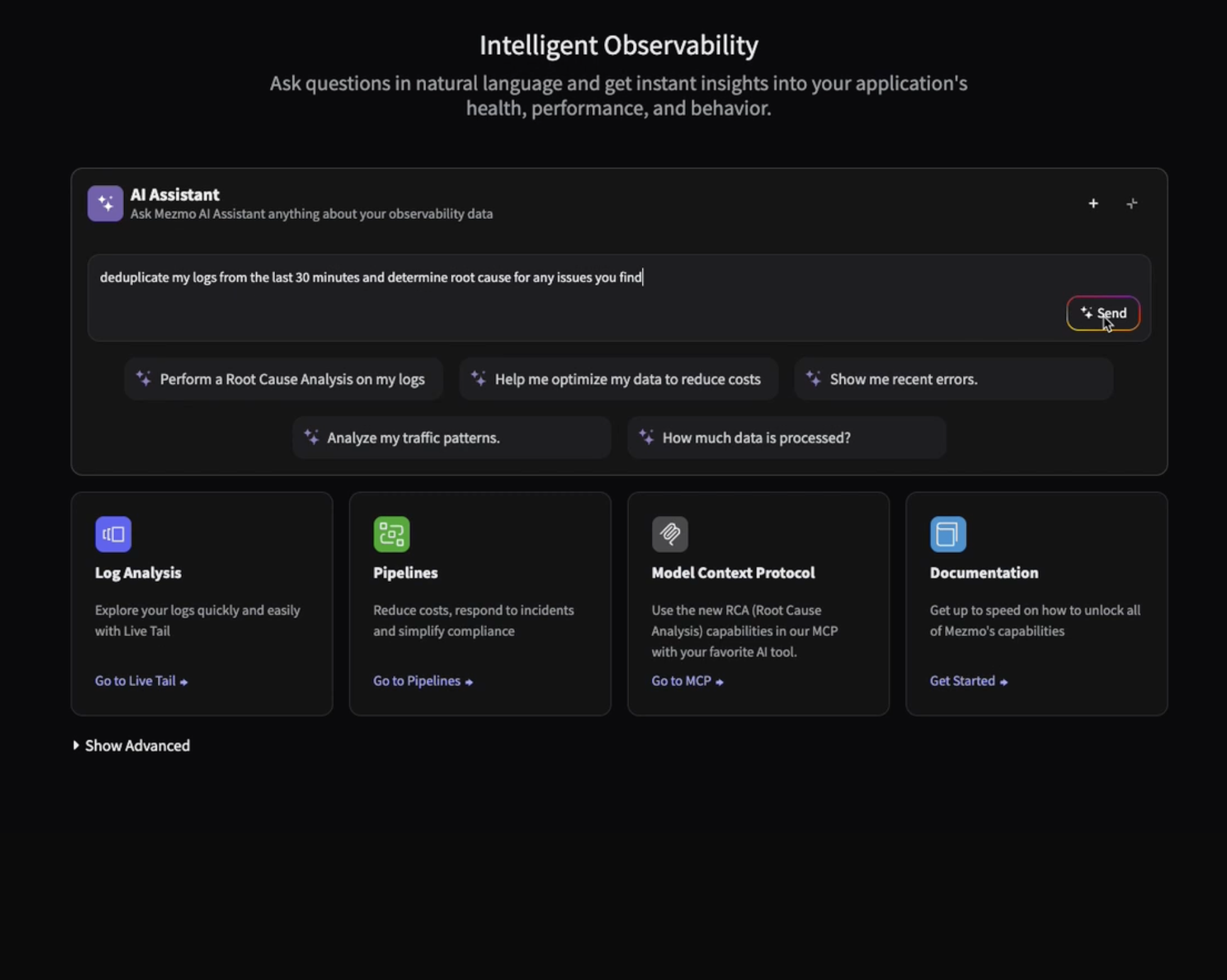
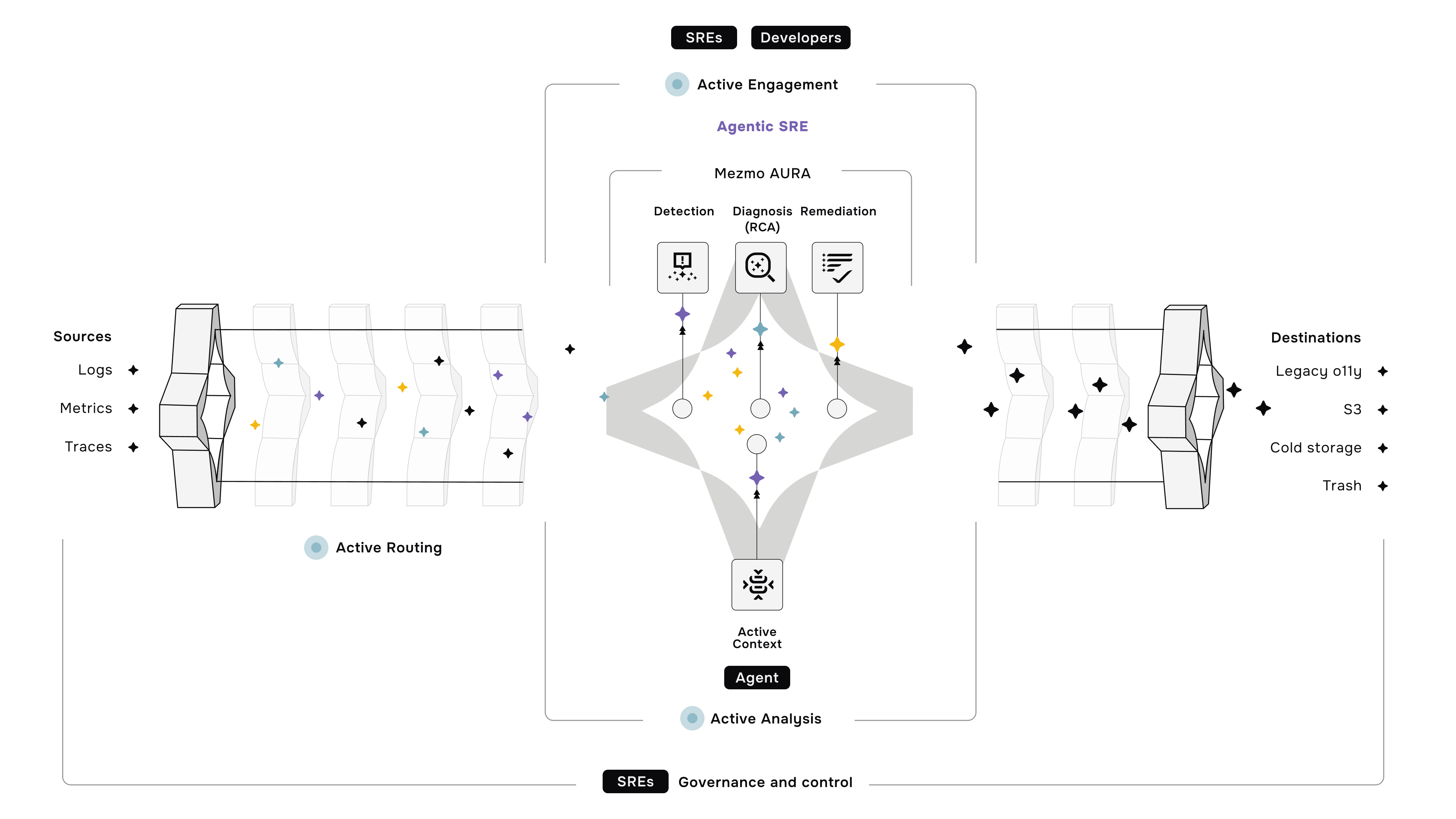

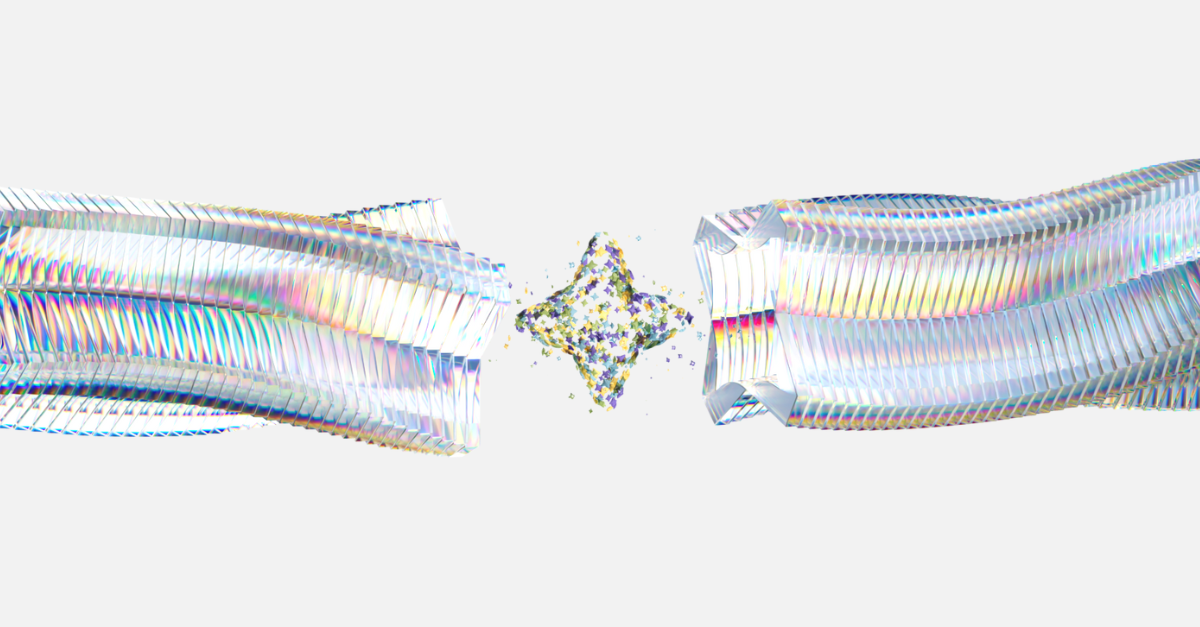




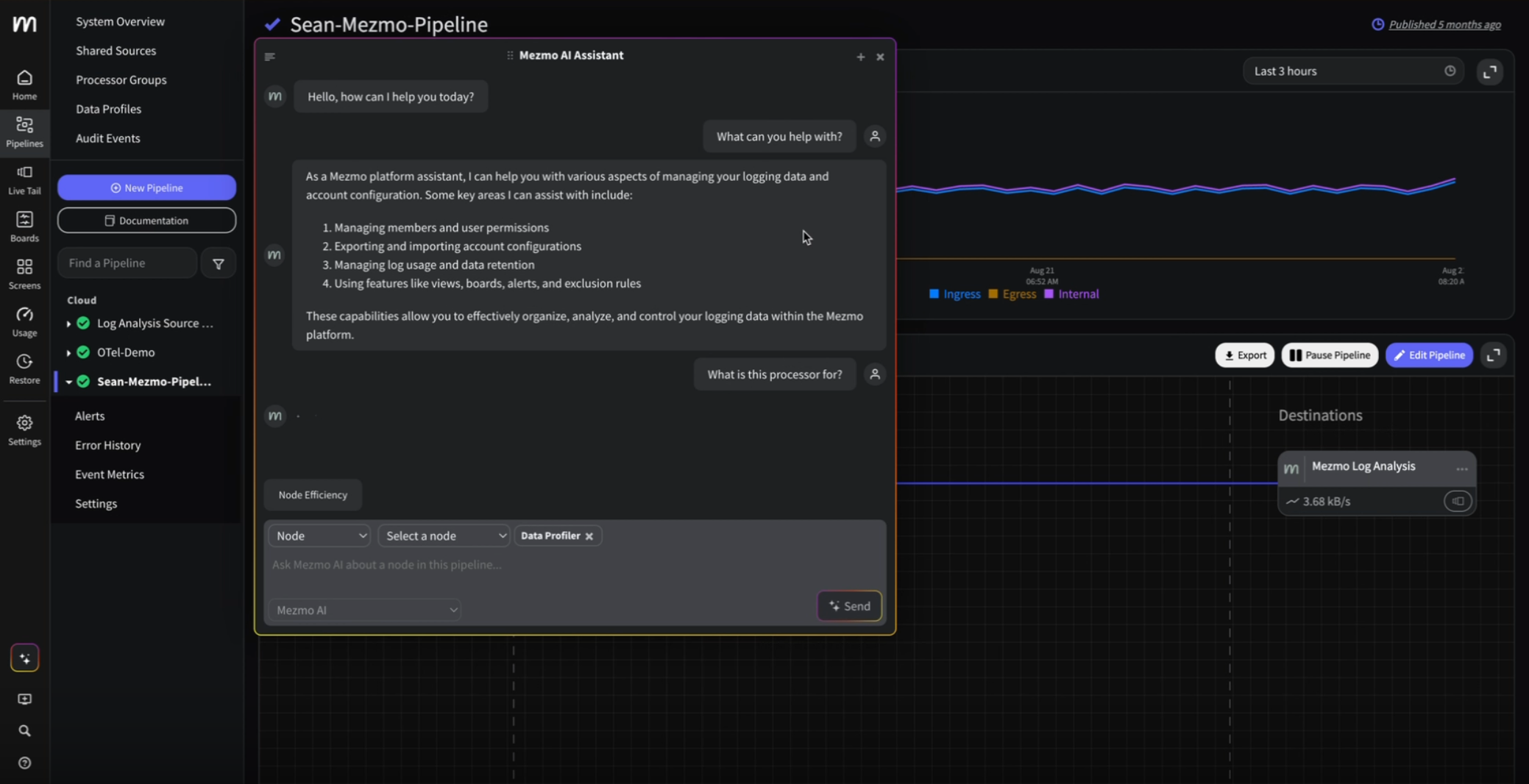
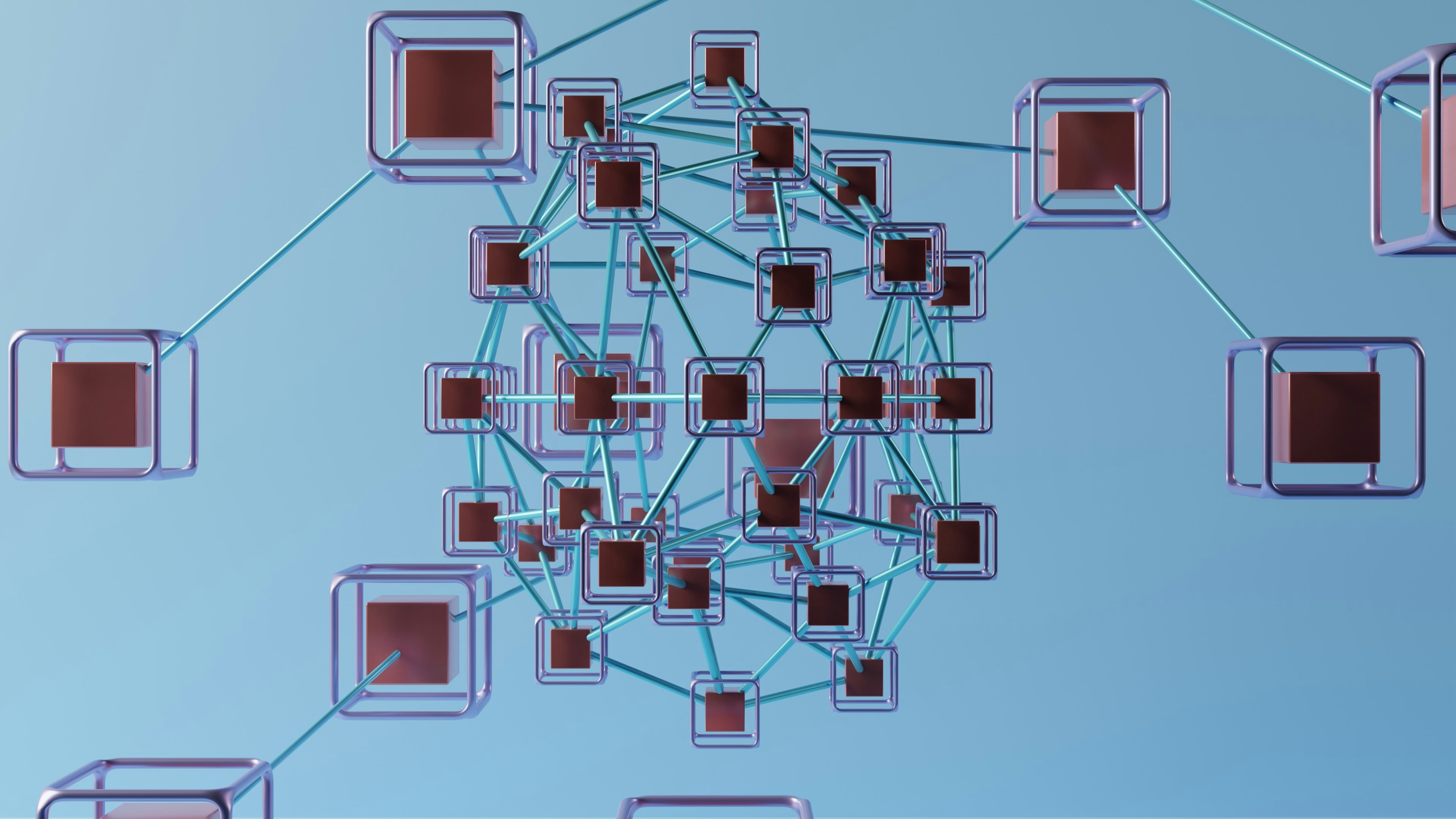

.png)




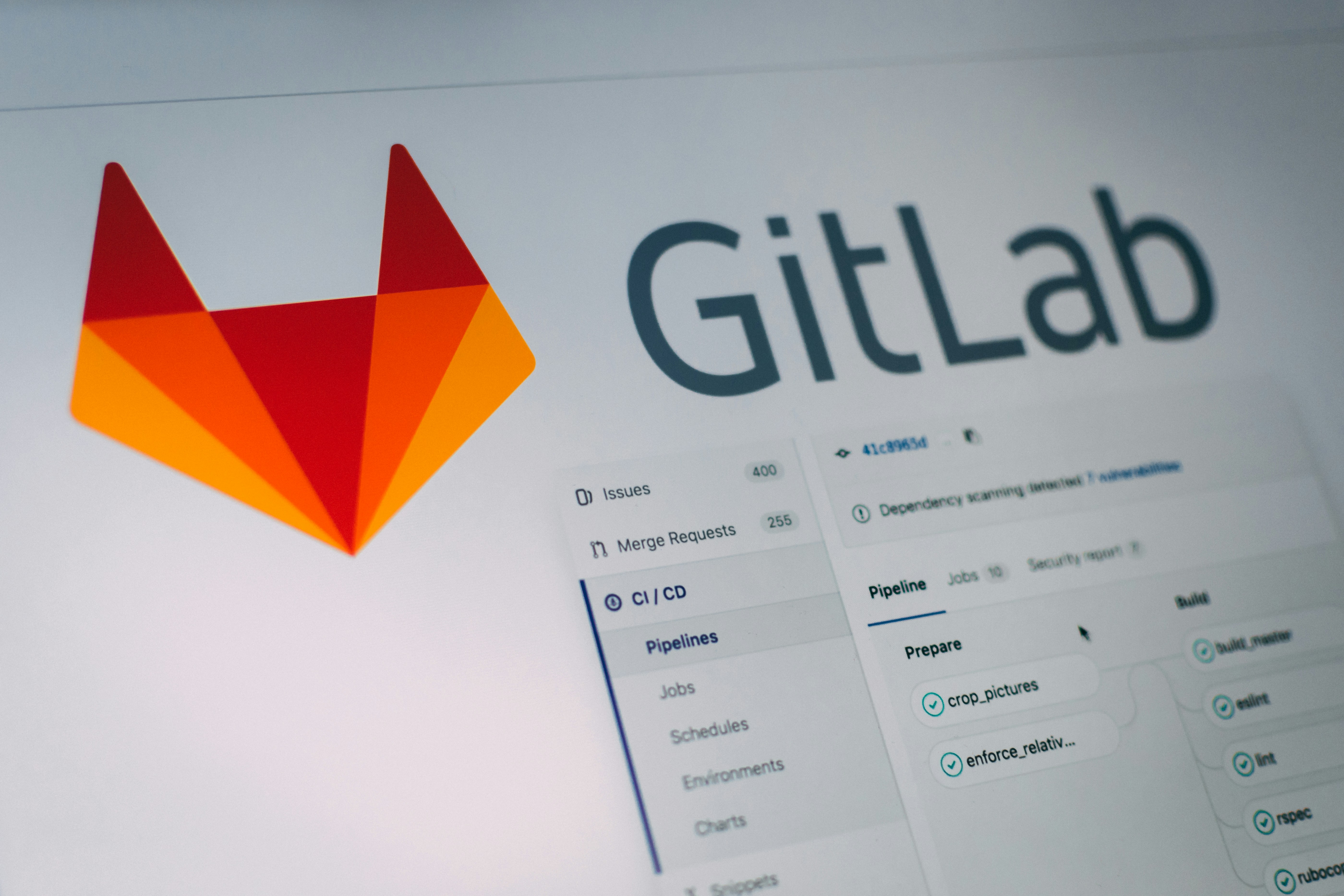
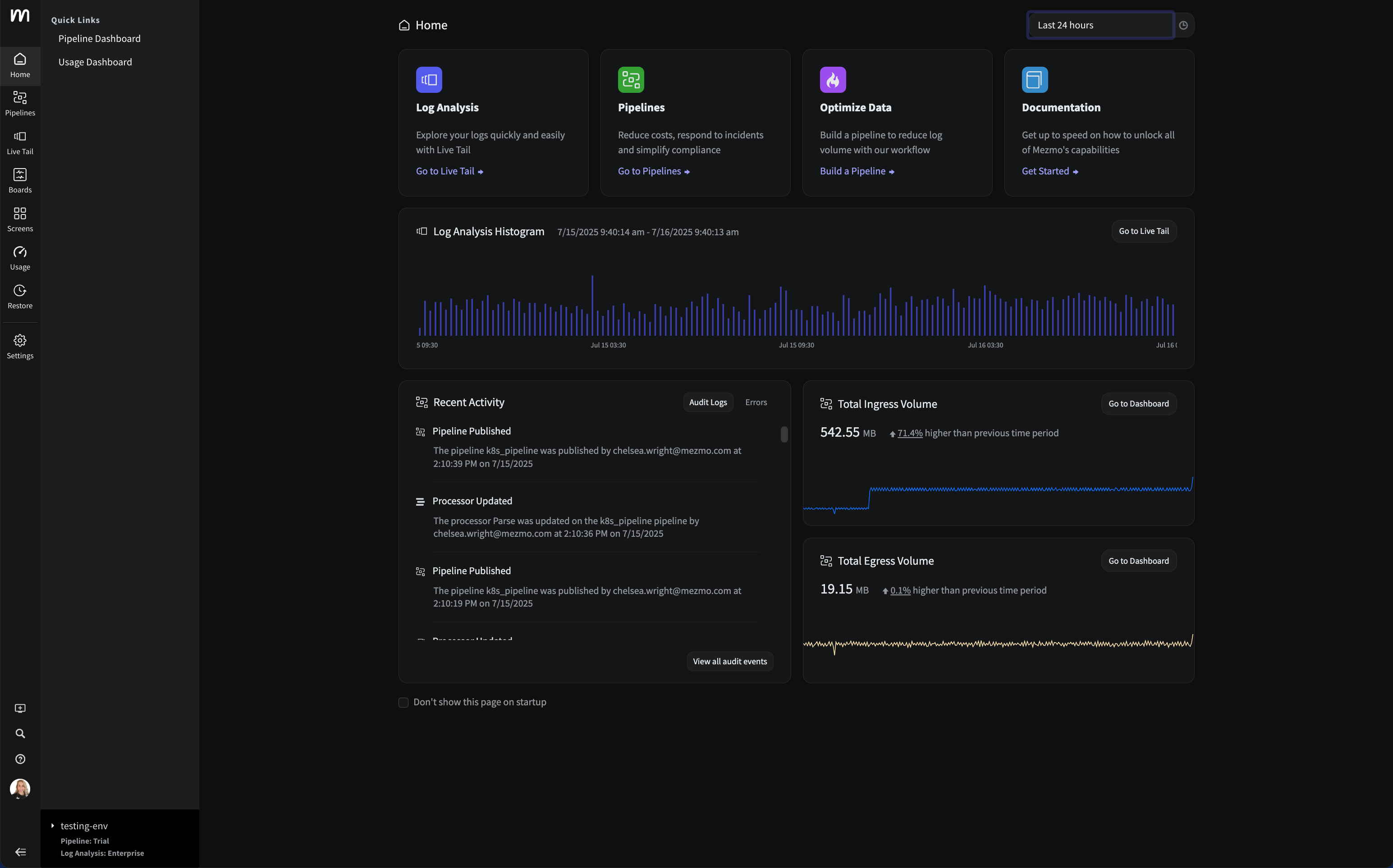


















.png)



































































